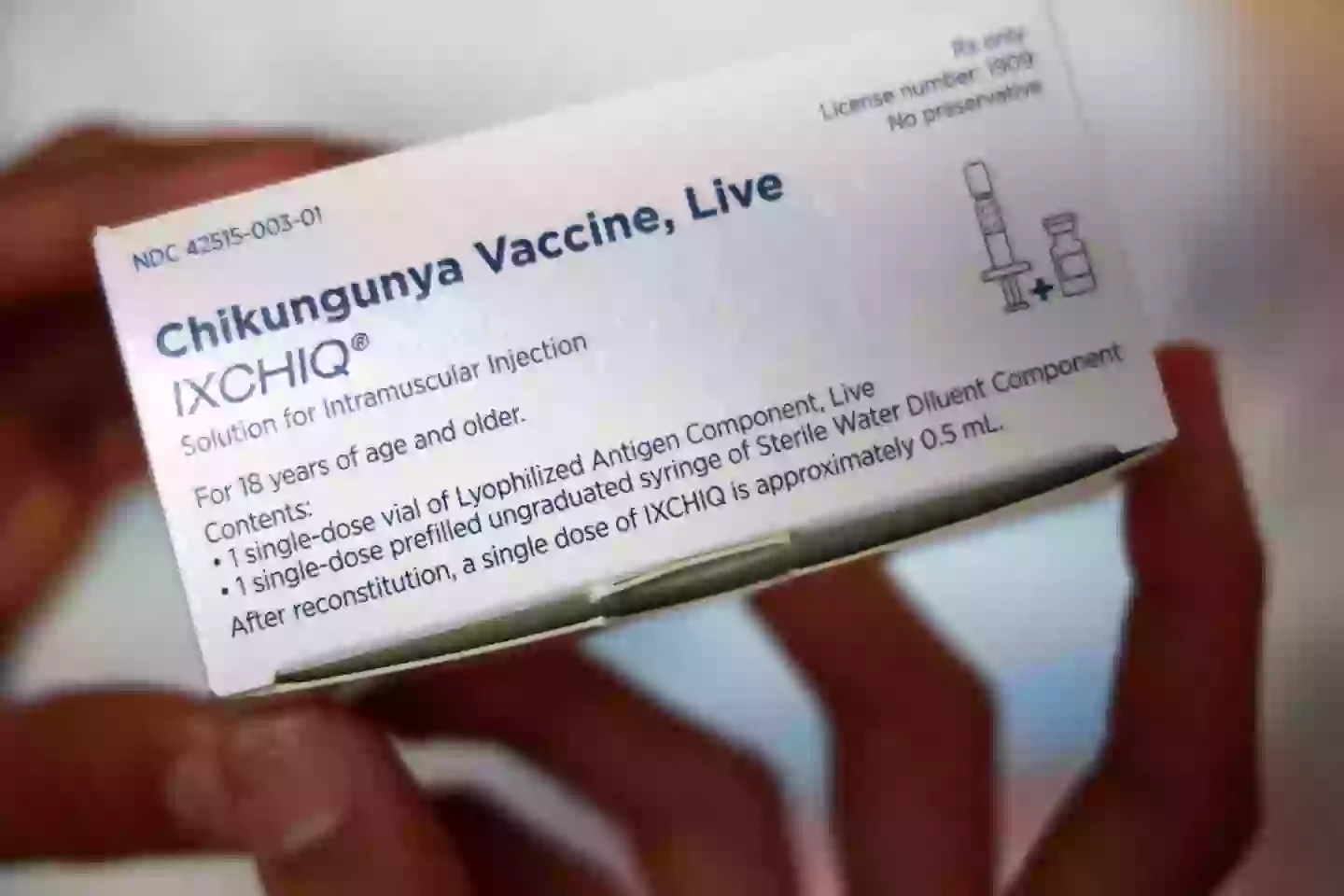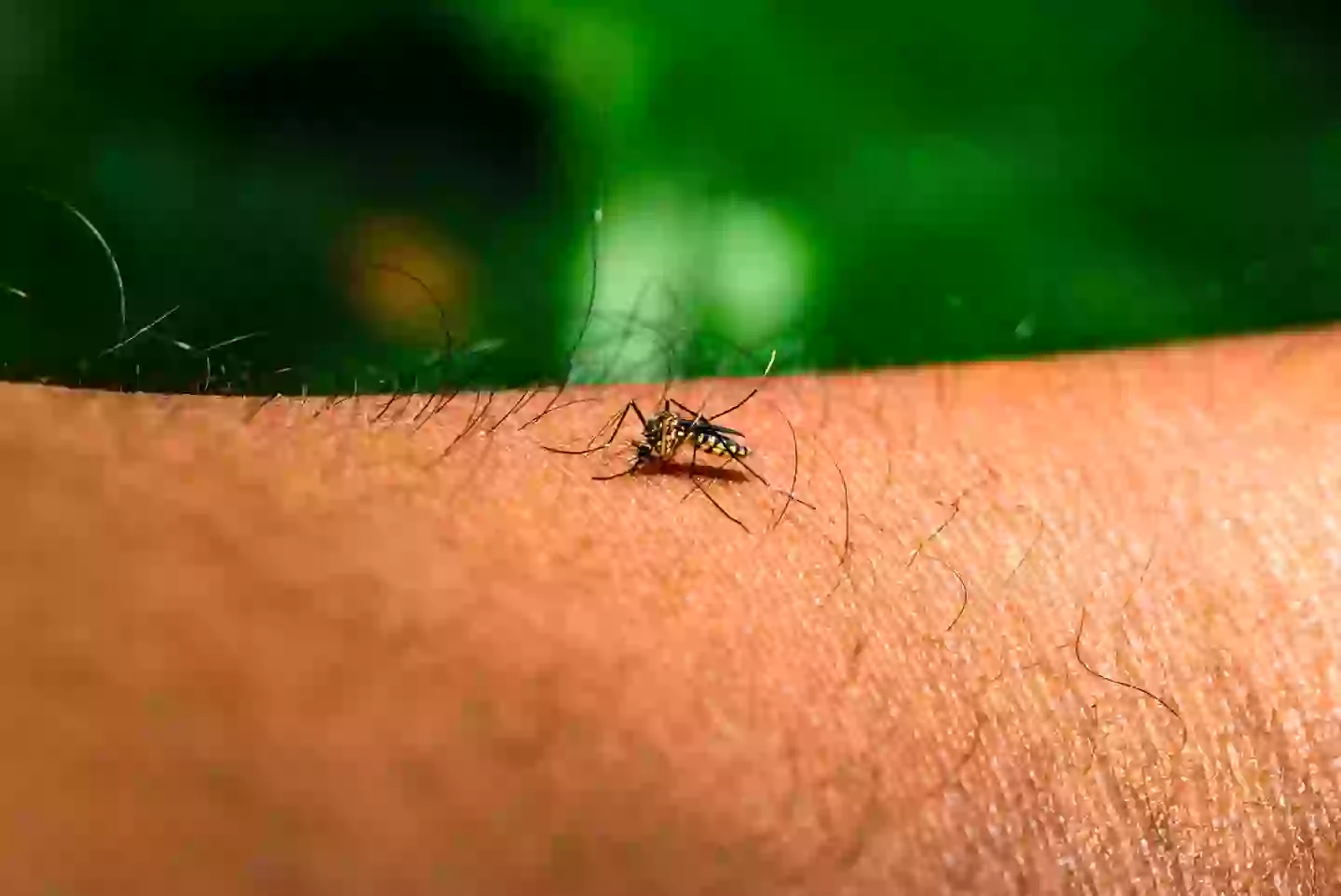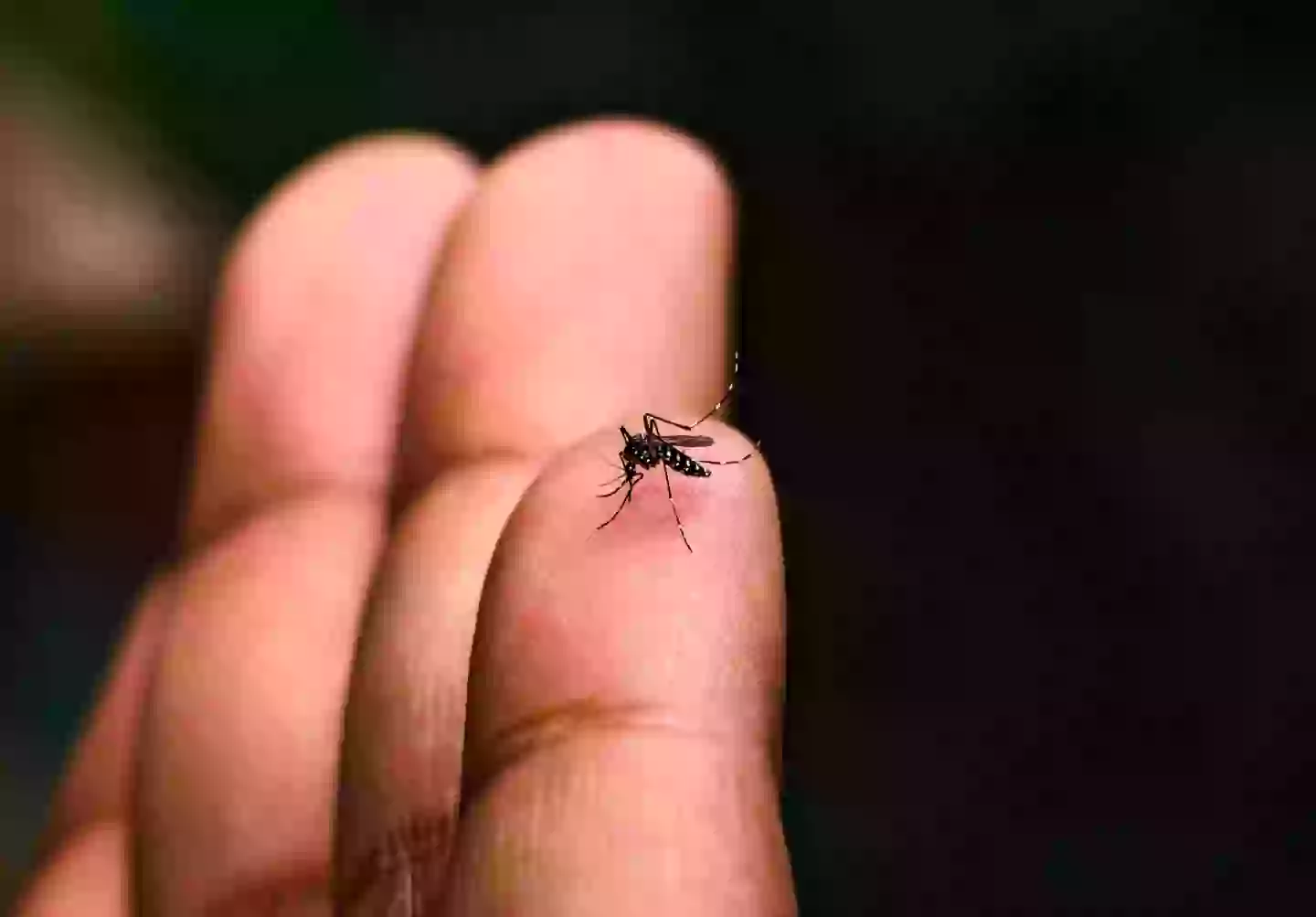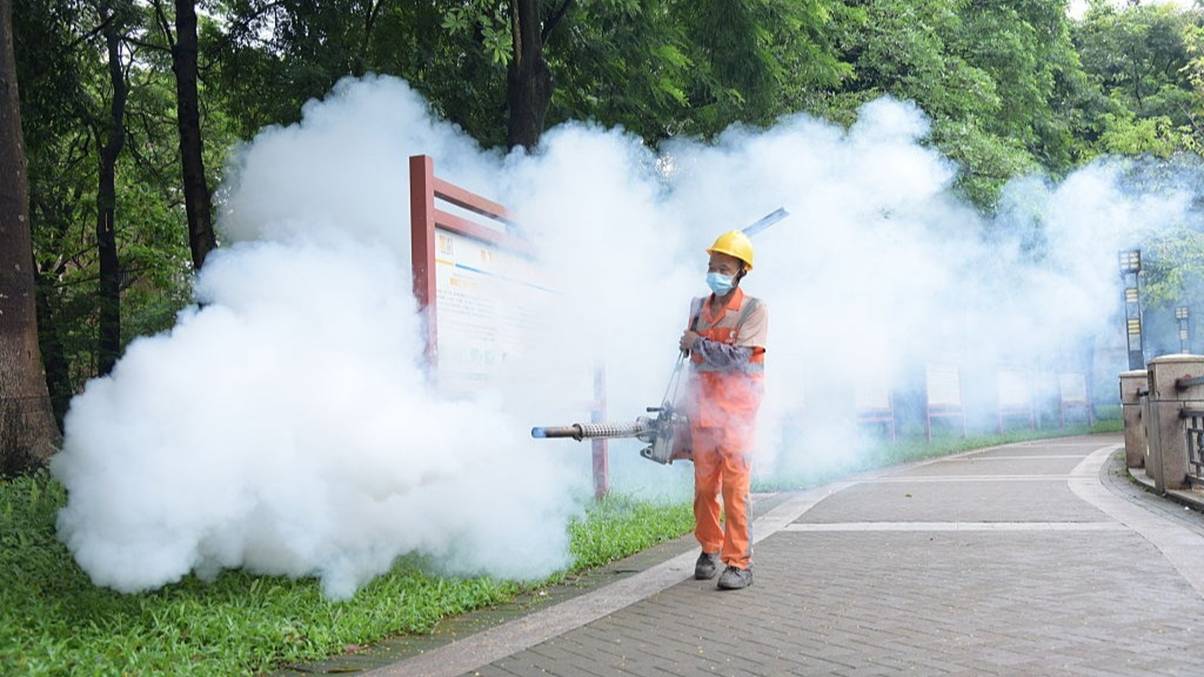Uncovering the Mysterious Origins of Chikungunya as China Enforces Drastic Pandemic Measures
Remember 2020, when we all got intimately acquainted with pandemic madness? Well, grab your time machine, because China’s dialing it back to those full-on, forceful pandemic vibes—this time thanks to the Chikungunya virus buzzing through Guangdong province. Over 7,000 cases have popped up since July, and Hong Kong just saw its first bite of this pesky virus on August 4. Now, before you panic like it’s déjà flu all over again, know China’s already cracking down with some serious “forceful and decisive measures”—think hospitalized patients swaddled in nets and a hefty fine of 10,000 yuan for rule-breakers. But here’s the million-dollar question: Are we facing a freaky deja-vu of Covid chaos, or is this just another mosquito-borne hiccup? Spoiler alert—there’s more to this viral guest than meets the eye. LEARN MORE
Set your calendars back to 2020 because China is imposing ‘forceful pandemic measures’ after a virus has spread around a lot in Guangdong province.
Here’s hoping we’re not in for another pandemic on the scale of Covid, as over 7,000 cases have been reported in the Chinese province since July, with Hong Kong announcing its first case of the virus on Monday (4 August).
As such, China has started implementing what it calls ‘forceful and decisive measures‘ against the Chikungunya virus (CHIKV) as patients are being kept in hospital with nets to protect them until they test negative for the disease or it has been seven days since they were infected.
People have been instructed to go right to hospital if they feel they are developing symptoms, and officials are advising people to remove stagnant water from their home.
Fines of 10,000 yuan (£1,000) have also been threatened against people who break the rules.

They’re spraying insecticide in China to try and kill mosquitoes that spread the virus (VCG/VCG via Getty Images)
What are the symptoms of Chikungunya virus?
The World Health Organisation says the Chikungunya virus starts having an effect between four and eight days after a person is bitten by a mosquito carrying the disease.
They warn that the most common symptoms are an abrupt onset of fever and severe joint pain, which they describe as ‘debilitating’. In most cases, the pain will be gone in a few days but the WHO warn that in some very rare cases it can last for years.
In addition to the two major symptoms people diagnosed with CHIKV may experience, the WHO says you can also suffer from swelling of the joints, muscle pain, headache, nausea, fatigue and a rash developing.
As such, Chikungunya virus is sometimes mistaken for Dengue fever or the Zika virus, as the symptoms are fairly similar which means some patients are misdiagnosed.
The people most at risk from CHIKV are newborn babies who either have the virus because their mother had it or were bitten by a mosquito in the weeks following their birth.
Elderly people with existing medical conditions are also at greater risk than usual.

Fortunately for those worried about another pandemic on Covid levels, we already have vaccines for Chikungunya (RICHARD BOUHET/AFP via Getty Images)
Where did the Chikungunya virus come from?
The first ever case of Chikungunya virus was recorded in Tanzania, Africa, in 1952 and the name of the disease comes from a word in Kimakonde, a language spoken in the south of Tanzania, which means ‘that which bends up’.
The name is thought to refer to the posture of people who get serious joint pain from the virus.
Following the first recorded case other outbreaks of the disease were recorded in countries across Africa and Asia, with the first outbreak among an urban population occurring in 1967 while cities in India recorded getting it in the 70s.

Aedes mosquitoes spread the virus, and they can get it from infected people to spread around even further (Soumyabrata Roy/NurPhoto via Getty Images)
How does the Chikungunya virus spread?
It’s the bite of a mosquito that does it, with a type called the ‘Aedes albopictus’ identified as the worst culprit for spreading the virus around.
There are other types of mosquito which also spread Chikungunya virus around, including the ‘Aedes aegypti’, and the WHO says that all parts of the world with these types of mosquitoes have gone through transmission of the disease at some point.
While it starts with an infected mosquito biting and infecting a human, an uninfected mosquito who bites an infected human can then start to spread it round to other people.
Pregnant women infected with the virus can pass it to their children as well.
CHIKV has been found to have spread to 110 countries throughout Africa, Asia, Europe and the Americas.

The first ever case of the virus was detected in 1952 in Tanzania (Soumyabrata Roy/Majority World/ Universal Images Group via Getty Images)
What’s the expert opinion on the Chikungunya virus?
The London School of Hygiene and Tropical Medicine (LSHTM) has said that the rise in cases of Chikungunya virus is likely due to an increase in ‘favourable climatic conditions’ for the mosquitoes that spread it around.
Dr Robert Jones explained: “These are aggressive, day-biting mosquitoes that thrive in warm, wet conditions. They live in close proximity to humans, which provide a blood source, and in domestic environments they find water tanks and discarded plastic containers that can provide suitable places for their larvae to develop.
“When small pools of water form, these mosquitoes can lay they eggs and in just seven – 10 days adults will emerge. So, following the monsoon or heavy rains, we often see a lot more mosquitoes and this can be followed by a rise in mosquito-borne diseases.”
The LSHTM said that in 2023 there had been 440,000 cases worldwide and 350 deaths from Chikungunya virus.



















